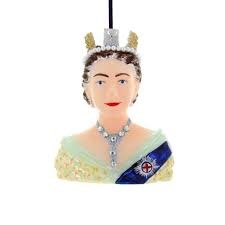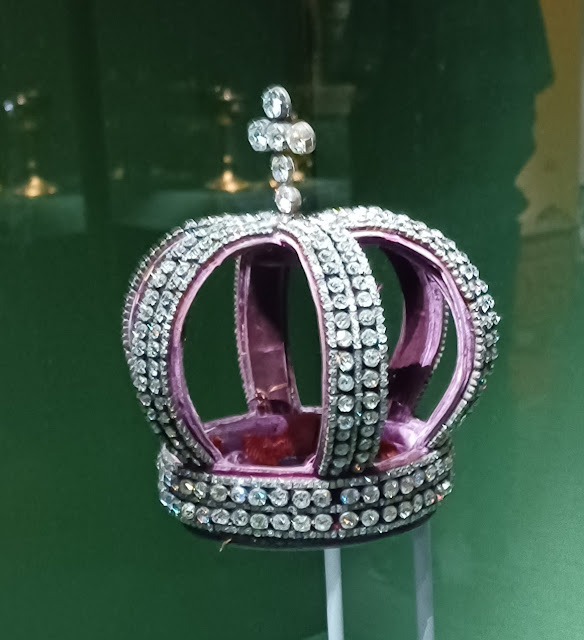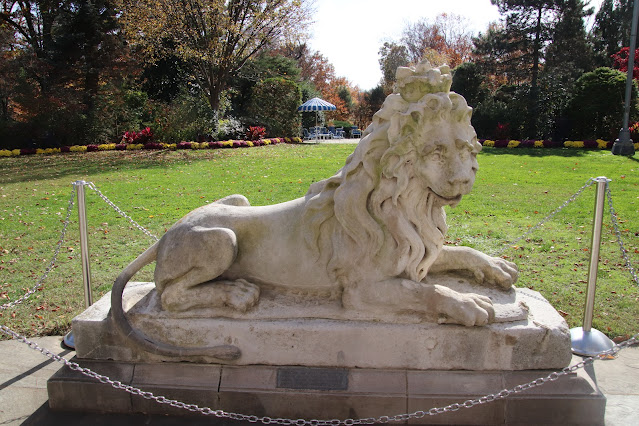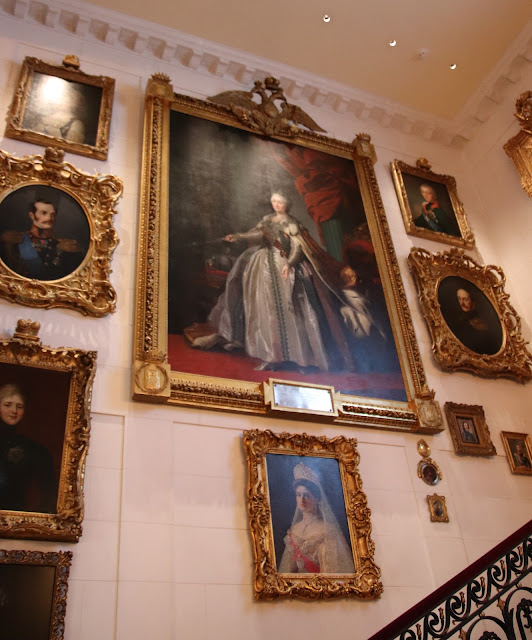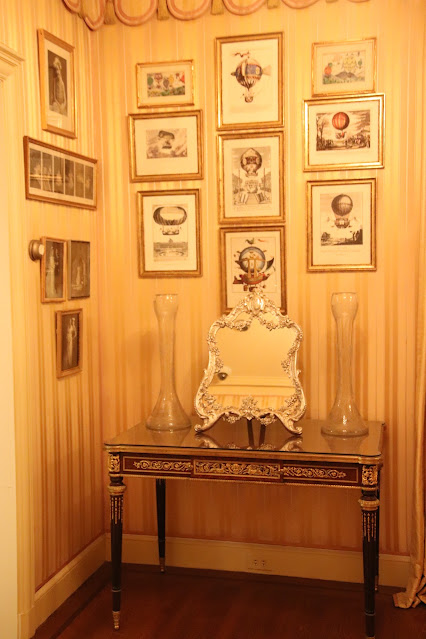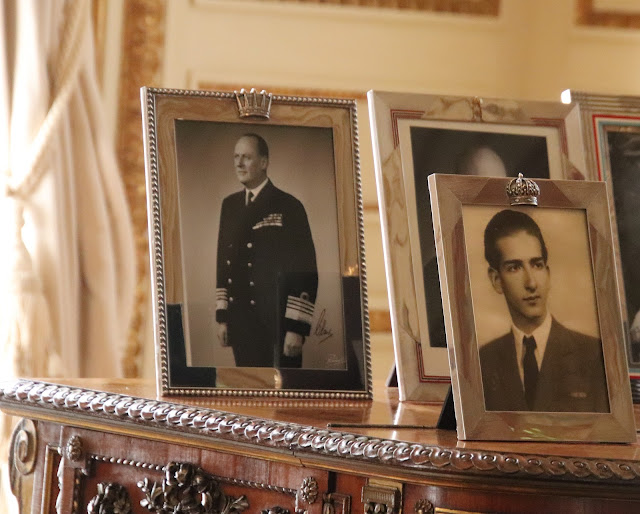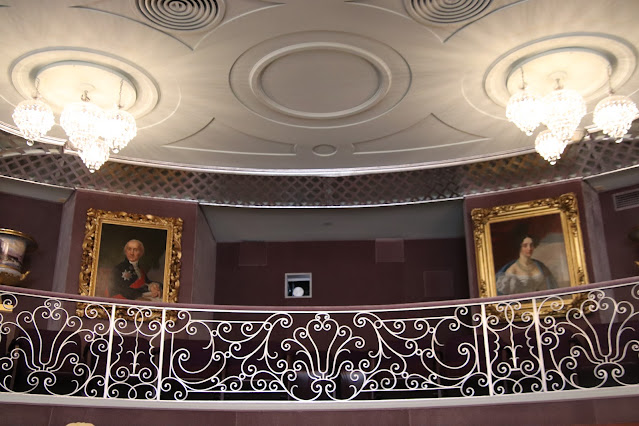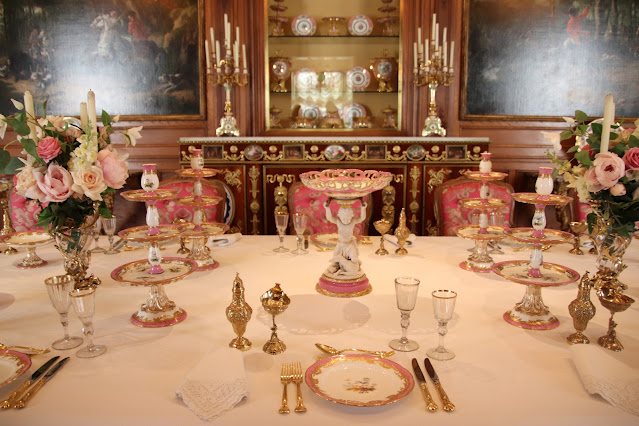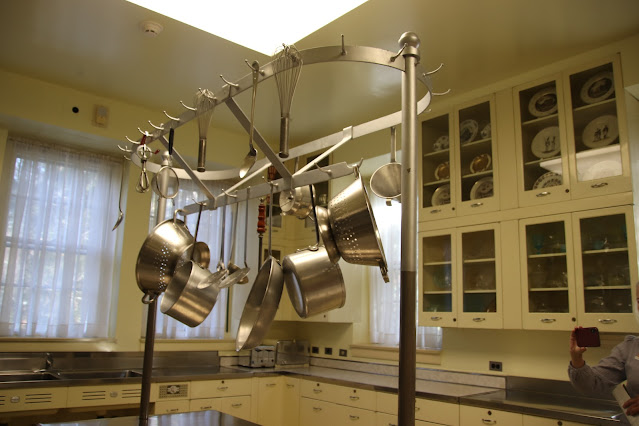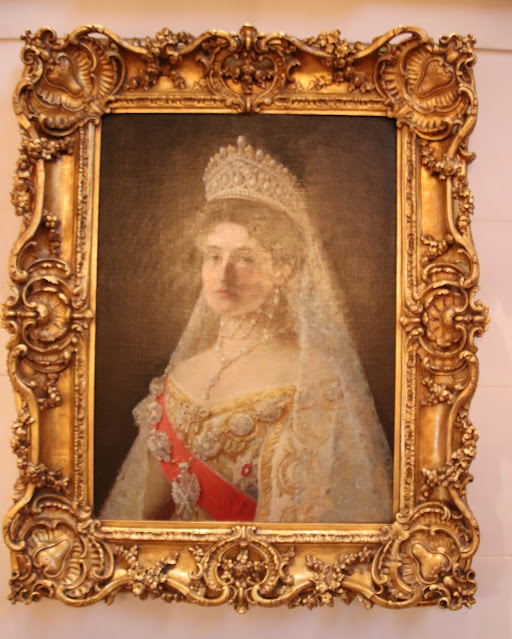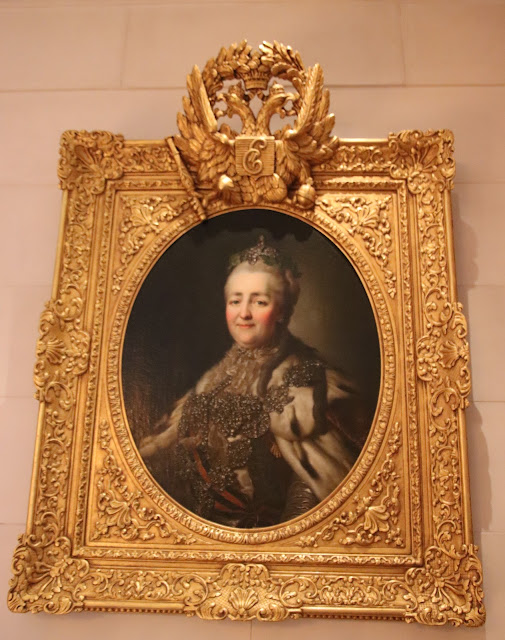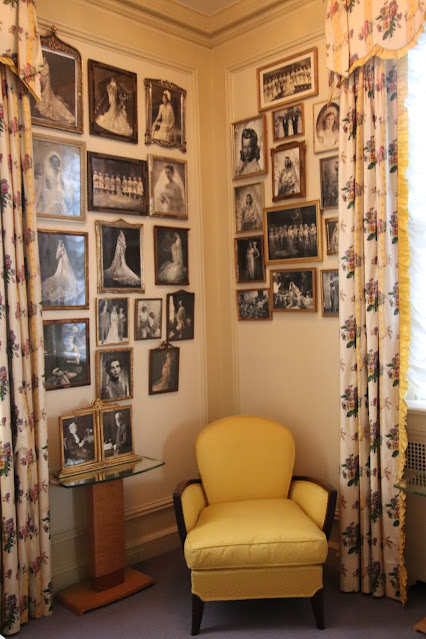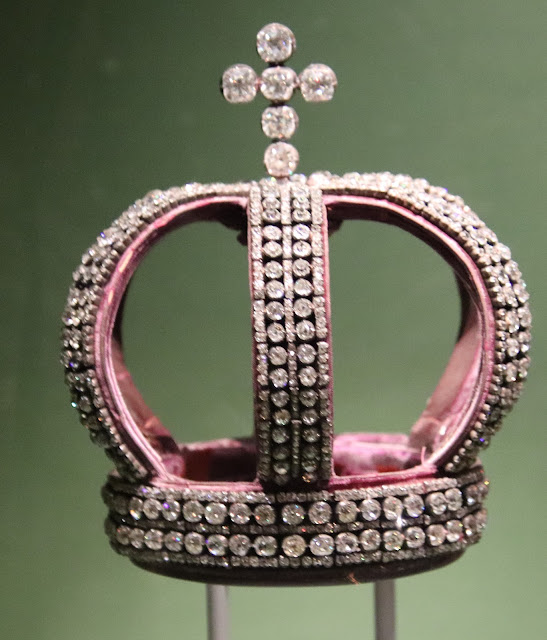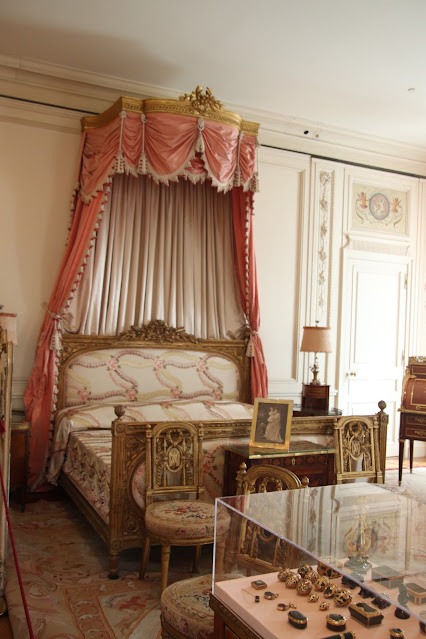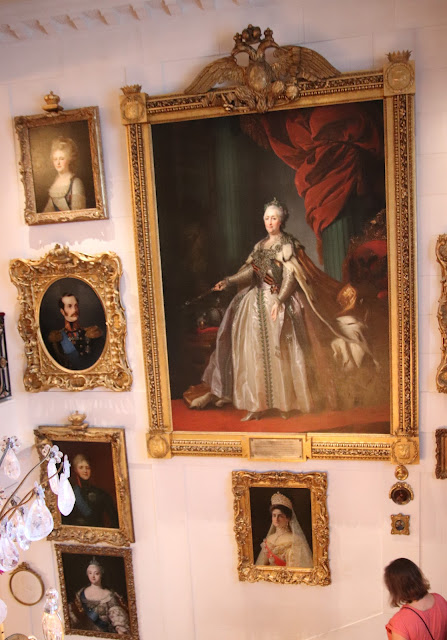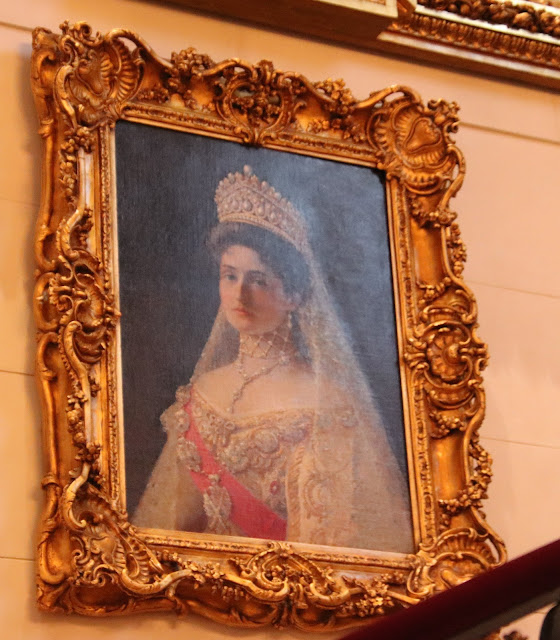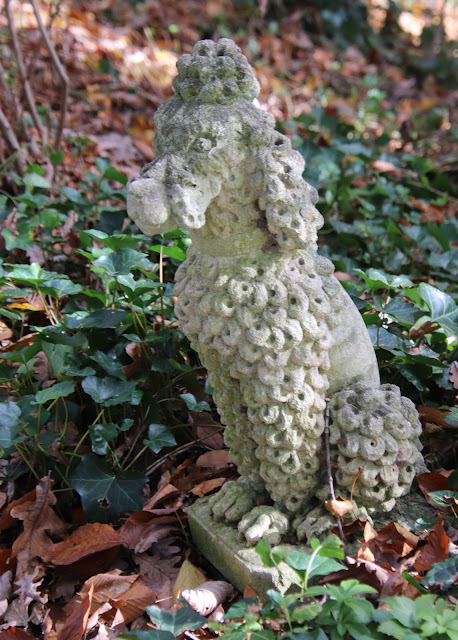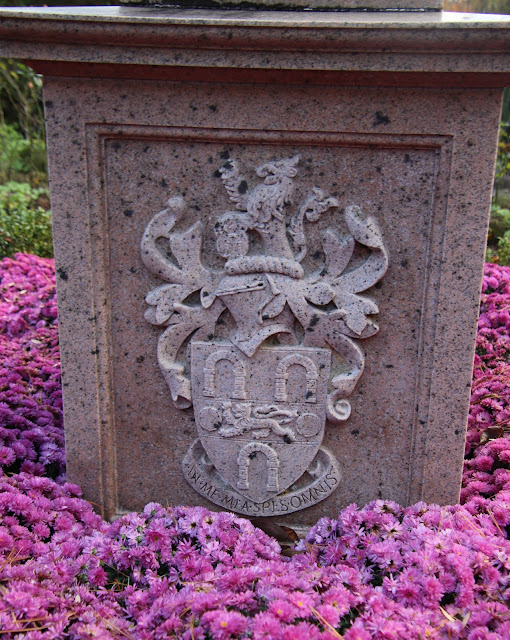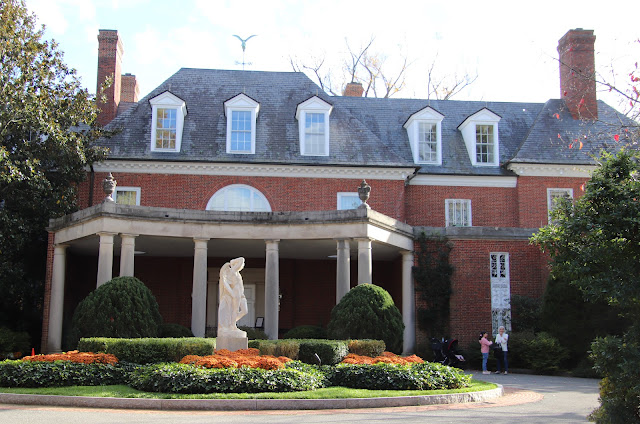On November 14, in a "message signed by his own hand," King Charles III requested the House of Lords to add The Princess Royal and the Earl of Wessex and Forfar to the list of eligible Counsellors of State, which are defined in the 1937 and 1953 Regency Acts.
"To ensure continued efficiency of public business when I am unavailable, such as when I am undertaking official duties overseas, I confirm that I would be most content, should Parliament see fit, for the number of people who may be called upon to act as Counsellors of State under the terms of the Regency Acts 1937 and 1953 to be increased to include my sister and brother, the Princess Royal and the Earl of Wessex & Forfar, both of whom have previously undertaken this role.”
Today, the House of Lords addressed the King's request with the Counsellors of State bill.
This bill, which is sponsored by the Lord Privy Seal, Lord True, calls for adding the Princess Royal and the Earl of Wessex to the list of the Counsellors of State for their lifetimes. The proposed legislation, however, does not remove the Dukes of Sussex and York from the list of Counsellors of State.
Although the Duke of Sussex continues to hold the lease for Frogmore Cottage, he lives with his wife and two children in Montecito, California. It is unlikely that King Charles will ask his younger son and younger brother to step in as Counsellors of State when he and the Queen travel abroad or if he is unwell.
The current Counsellors of State are Queen Camilla, the Prince of Wales, the Duke of Sussex, the Duke of York, and Princess Beatrice, who became the fifth Counsellor of State when Charles succeeded to the throne.
The proposed legislation will be fast-tracked through both houses of Parliament. The first reading of the bill took place today in the House of Lords. Peers will debate the bill on November 20 with the bill completed on November 22 in the Lords before the House of Commons takes up the legislation. The bill will then return to the House of Lords. It will become law after the bill is passed by both Houses and receives Royal Assent.
Once this bill becomes law, it is unlikely that Princess Beatrice will be asked to step in when the King and Queen leave the United Kingdom.
https://bills.parliament.uk/bills/3366
The position and responsibilities of the Counsellors of State have been defined by several acts of legislation, including the 1937 and 1953 Regency Acts.
Here are several passages from the 1937 act regarding the role of Counsellors of State.
Power to delegate royal functions to Counsellors of State.
(1)In the event of illness not amounting to such infirmity of mind or body as is mentioned in section two of this Act, or of absence or intended absence from the United Kingdom, the Sovereign may, in order to prevent delay or difficulty in the despatch of public business, by Letters Patent under the Great Seal, delegate, for the period of that illness or absence, to Counsellors of State such of the royal functions as may be specified in the Letters Patent, and may in like manner revoke or vary any such delegation:
Provided that no power to dissolve Parliament otherwise than on- the express instructions of the Sovereign (which may be conveyed by telegraph), or to grant any rank, title or dignity of the peerage may be delegated.
(2)The Counsellors of State shall be the wife or husband of the Sovereign (if the Sovereign is married), and the four persons who, excluding any persons disqualified under this Act from becoming Regent, are next in the line of succession to the Crown, or if the number of such persons next in the line of succession is less than four, then all such persons.
(3)Any functions delegated under this section shall be exercised jointly by the Counsellors of State, or by such number of them as may be specified in the Letters Patent, and subject to such conditions, if any, as may be therein prescribed.
(4)The provisions of this section shall apply in relation to a Regent with the substitution for references to the Sovereign of references to the Regent, so, however, that in relation to a Regent subsection (2) of this section shall have effect as if after the word " next, " where that word first occurs therein, there were inserted the words " after the Regent ".
(5)Any delegation under this section shall cease on the demise of the Crown or on the occurrence of any events necessitating a Regency or a change of Regent.
Several points. The Counsellors of State are the first four adults in the line of succession. The heir to the throne becomes a Counsellor of State at the age of 18. The other three are eligible at age 21. They must be British subjects and domiciled in the United Kingdom. Queen Elizabeth, the Queen Mother ceased to be a Counsellor of State when her husband, King George VI died in 1952. The 1953 Regency Act restored the Queen Mother to her position as Counsellor.
Embed from Getty Images
The first Counsellors of State, established by the 1937 Regency Act were Queen Elizabeth (spouse), the Duke of Gloucester, Duke of Kent, the Princess Royal (siblings of George VI), and Princess Arthur of Connaught (elder daughter of the late Princess Louise, Princess Royal.)
The Order of Succession to the throne was HRH Princess Elizabeth, HRH Princess Margaret, HRH The Duke of Gloucester, HRH The Duke of Kent, HRH Prince Edward of Kent, HRH Princess Alexandra of Kent, HRH the Princess Royal (the Countess of Harewood), Viscount Lascelles, the Hon. Gerald Lascelles, HRH Princess Arthur of Connaught, the Earl of Macduff (later 2nd Duke of Connaught and Strathearn), the Countess of Southesk, Lord Carnegie, HM Queen Maud of Norway, HRH Crown Prince Olav of Norway, HRH Prince Harald of Norway, HRH Princess Ragnhild of Norway and HRH Princess Astrid of Norway.
Queen Maud, who was the youngest daughter of King Edward VII, and her son, Crown Prince Olav were not eligible because they were not domiciled in the United Kingdom.
Princess Arthur, who was Duchess of Fife in her own right, and her younger sister, Maud, who was married to the Earl of Southesk, were the daughters of Edward VII's eldest daughter, Princess Louise.
I put in bold only those who were eligible to serve as Counsellors of State when George VI succeeded his brother.
Embed from Getty Images
When the Duke of Kent died in an air crash on August 25, 1942, the next adult in line to the throne was Alistair, the 2nd Duke of Connaught and Strathearn, the only child of Princess Arthur of Connaught. He was not royal as he lost the style and title of HH Prince in George VI's 1917 Letters Patent.
Embed from Getty Images
The young Duke of Connaught died less than a year later on April 26, 1943. He died in Ottawa, Canada, where he had been an aide-de-camp to the Governor-General of Canada, the Earl of Athlone. He was replaced by the Countess of Southesk, Princess Arthur's younger sister.
The Countess of Southesk served as a Counsellor of State until February 7, 1944, when the Princess Royal's elder son, George, Viscount Lascelles, turned 21. Two months later, on April 21st, the heiress presumptive, Princess Elizabeth, celebrated her 18th birthday and became a Counsellor of State, replacing Princess Arthur of Connaught as a Counsellor of State.
When Princess Margaret turned 21 on August 21, 1951, she replaced her cousin, George, the Earl of Harewood, who succeeded his father in 1947.
Elizabeth's succession to the throne in 1952 meant a few changes to the Counsellors of State. Queen Elizabeth, the Queen Mother, ceased to be a Counsellor of State as she was no longer the consort.
As Elizabeth's consort, the Duke of Edinburgh automatically became a Counsellor of State.
The other Counsellors of State at the beginning of Elizabeth's reign were Princess Margaret, the Duke of Gloucester, the Princess Royal (Mary), and her elder son, the Earl of Harewood.
Queen Elizabeth the Queen Mother was added as a Counsellor of State after Parliament passed the 1953 Regency Act.
Embed from Getty Images
Lord Harewood was replaced by Prince Edward, Duke of Kent, when the latter celebrated his 21st birthday on October 9 1956. A year later, on Christmas Day, Princess Alexandra became a Counsellor of State. She replaced the Princess Royal.
Alexandra served as Counsellor of State until December 18, 1962, when her first cousin, Prince William of Gloucester turned 21. The Duke of Kent's time as a Counsellor ended on August 26,1965, when Prince Richard of Gloucester began his first stint as a Counsellor, only to cede his position on November 14, 1966, when the Prince of Wales reached his majority at the age of 18.
Prince William of Gloucester ceded his position to Princess Anne when she turned 21 on August 15, 1971.
[Prince William was killed in a plane crash in August 1972. His younger brother, Richard became the heir apparent to the Gloucester dukedom.]
Prince Richard's second summons as a Counsellor was on June 10, 1974, when his father, the Duke of Gloucester died. The new Duke of Gloucester remained a Counsellor of State until Prince Andrew's 21st birthday on February 19, 1981.
When Prince Edward turned 21 on March 10, 1985, he replaced Princess Margaret.
Princess Anne, Princess Royal ceased to be a Counsellor of State when her nephew, Prince William turned 21 on June 21, 2003.
William's younger brother, Prince Harry, became a Counsellor of State when he celebrated his 21st birthday on September 15, 2005, replacing his uncle Edward.
Embed from Getty Images
Vernon Bogdanor, the author of the seminal book, Monarchy and the Constitution, recently spoke to the Express about the role of Counsellors of State. He told the Daily Express: “A Counsellor not domiciled in the UK cannot act, so that excludes Harry." Bogdanor added: “The next in line and over the required age of 21 would be Princess Beatrice.”
Buckingham Palace has confirmed that the Duke of Sussex remains a Counsellor of State although he resides in California. The Telegraph recently reported that the Duke will renew his lease on Frogmore Cottage, which expires on March 31, 2022. This fulfills the requirement for being 'domiciled' in the United Kingdom, at least according to officials at the Palace.
Three other Counsellors of State were domiciled in England but did not live in the United Kingdom during parts of their time as Counsellors of State. Viscount Lascelles was held as a German prisoner of war from June 18, 1944, when he was captured in Monte Corno, and taken to Colditz. He was released in May 1945. The 2nd Duke of Connaught and Strathearn was in Canada, serving as the Aide-de-Camp to the Governor-General, the Earl of Athlone.
In 1939 when Queen Elizabeth accompanied her husband, King George VI to North America, remained as a Counsellor of State even though she was leaving the country. This anomaly was fixed with the 1943 Regency Act. The "discretionary provision allowed for the Sovereign to exempt a Counsellor of State from serving if they are "absent from the United Kingdom or intends to be absent during the whole or any part of the period of such delegation."
The Duke of Gloucester served as Governor-General of Australia for two years before returning home in March 1947 as he was needed as a Counsellor of State due to the then-upcoming visit to South Africa by King George VI, Queen Elizabeth, and Princesses Elizabeth and Margaret.
The palace has also confirmed that only Parliament can make changes to the Regency Act and who can serve as a Counsellor of State.
When Charles succeeded to the throne, Camilla would become a Counsellor of State, along with the Duke of Cambridge, the Duke of Sussex, the Duke of York, and Princess Beatrice.
The latter three would cease to be Counsellors of State when Prince George, Princess Charlotte, and Prince Louis reached their majority. For George, the age of adulthood will depend on whether he is the heir apparent or still second in line. He will become a Counsellor of State at the age of 18 if he is the heir apparent. If not, he (and his siblings) will become eligible on their 21st birthday.
The two most recent occasions when the Queen issued a Letters Patent for Counsellors of State were in 2015 when she visited Malta and in May 2022 for the Opening of Parliament. The latter Letters Patent included the four Counsellors of State; the Prince of Wales, the Duke of Cambridge, the Duke of Sussex, and the Duke of York.
This Letters Patent did include "We do hereby delegate to the said Counsellors of State (excepting the Duke of Sussex while absent from the United Kingdom) full power and authority to open the new session of Parliament on the tenth day of May in the seventy-first year of Our Reign with the cause of summons being declared by one Counsellor of State in the presence of another."
The Prince of Wales and the Duke of Cambridge attended the Opening of Parliament. The Duke of York was not summoned.
Embed from Getty Images
Vernon Bogdanor noted that "most of the functions of the Head of State can be devolved. It is not, for example, constitutionally necessary for the Queen to attend the State Opening of Parliament.”
Bogdanor's book The Monarchy and the Constitution is one of the most important books to read if you want to learn how the monarchy works in the United Kingdom. This is a seminal text that should be required reading for people who think they know how the monarchy works - and what the Sovereign's role is.
https://researchbriefings.files.parliament.uk/documents/CBP-9374/CBP-9374.pdf
If you enjoyed this article or learned something new, please consider buying me a latte
The Monarchy and the Constitution is highly recommended.
https://amzn.to/4aTRZFA
https://amzn.to/3O4przc








